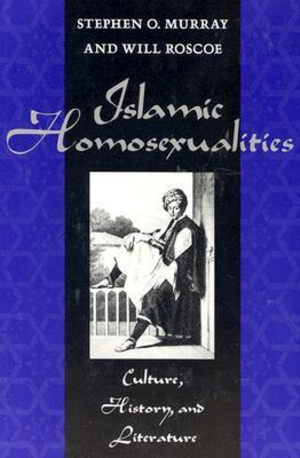 Put aside the homophilism and the jargon, both of which are a bit strong, and what's left is a fascinating and eye-opening book about a topic much hinted at but little considered systematically. The authors not only have the benefit of knowing homosexuality in many other societies but are well grounded in matters Islamic. Despite the title, they deal predominantly with men; lesbians are little known about.
Put aside the homophilism and the jargon, both of which are a bit strong, and what's left is a fascinating and eye-opening book about a topic much hinted at but little considered systematically. The authors not only have the benefit of knowing homosexuality in many other societies but are well grounded in matters Islamic. Despite the title, they deal predominantly with men; lesbians are little known about.
As with so much else in the sexual realm, Islamic norms differ profoundly from Western ones. The authors establish several points: (1) Islam treats homosexuality far less harshly than does Judaism or Christianity. (2) Sex between men results in part from the segregation of women and in part from the poetic and folk heritage holding that the penetration of a pretty boy is the ultimate in sexual delight. (3) Sex between men is "frowned upon, but accepted" so long as the participants also marry and have children; and also if they keep quiet about this activity. (4) The key distinction is not hetero- vs. homosexual but active vs. passive; men are expected to seek penetration (with wives, prostitutes, males, animals); the only shame is serving in the female role. (5) Youths usually serve in the female role and can leave behind this shame by graduating to the male role. (6) The great Muslim emphasis on family life renders homosexuality far less threatening to Muslim societies than to Western ones (Muslim men seeking formally to marry each other remains unimaginable).
In the most startling parts of Islamic Homosexualities, Murray and Roscoe re-interpret important historical developments through the prism of male sex among Muslims. For example, they make a plausible case that sexual attraction was a significant impetus for the development of military slavery throughout the Muslim world. Less persuasively, they speculate that the relaxed Muslim attitude on this subject incited medieval European hostility to homosexuality as a way for those otherwise backward peoples to "feel superior" to Muslims.